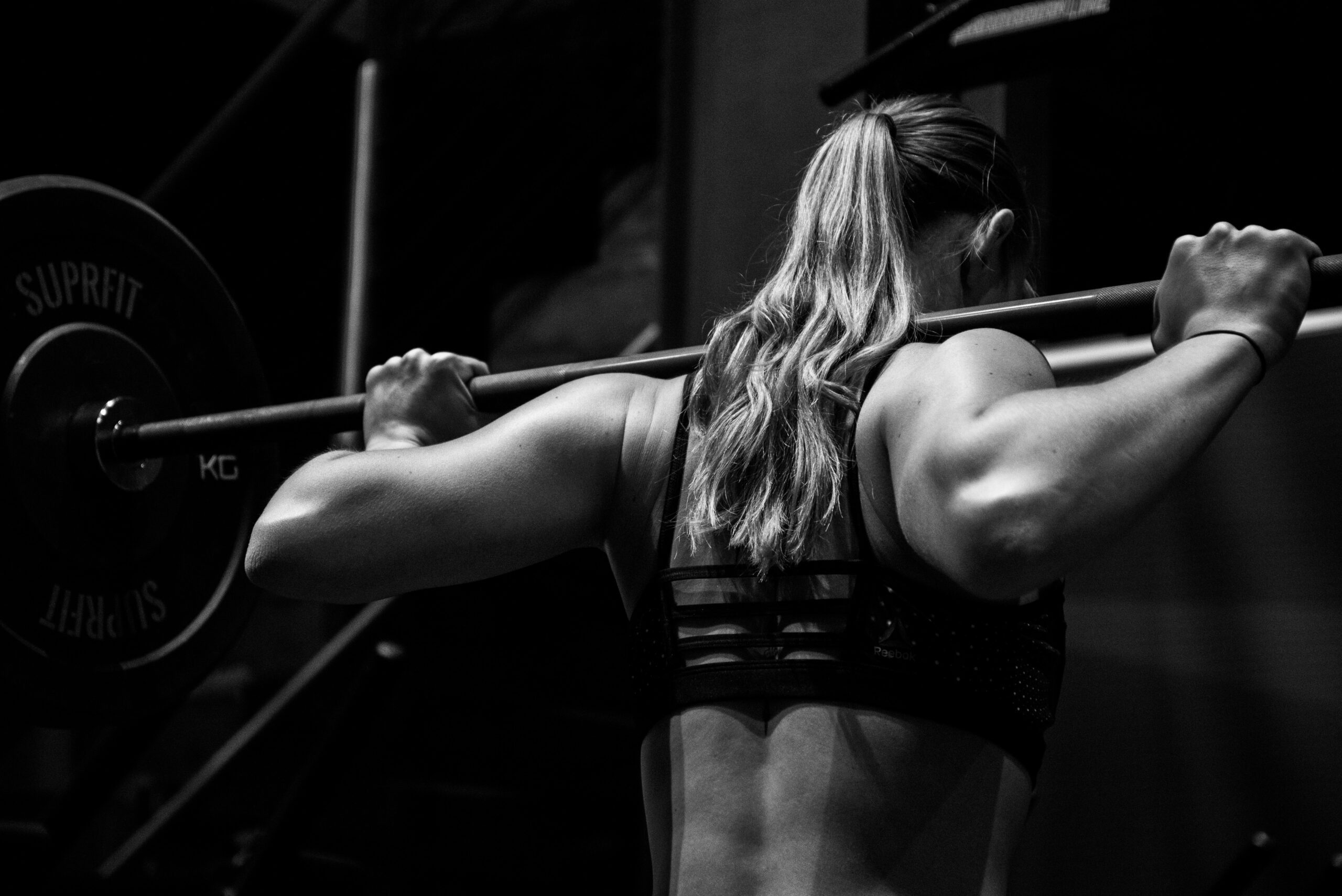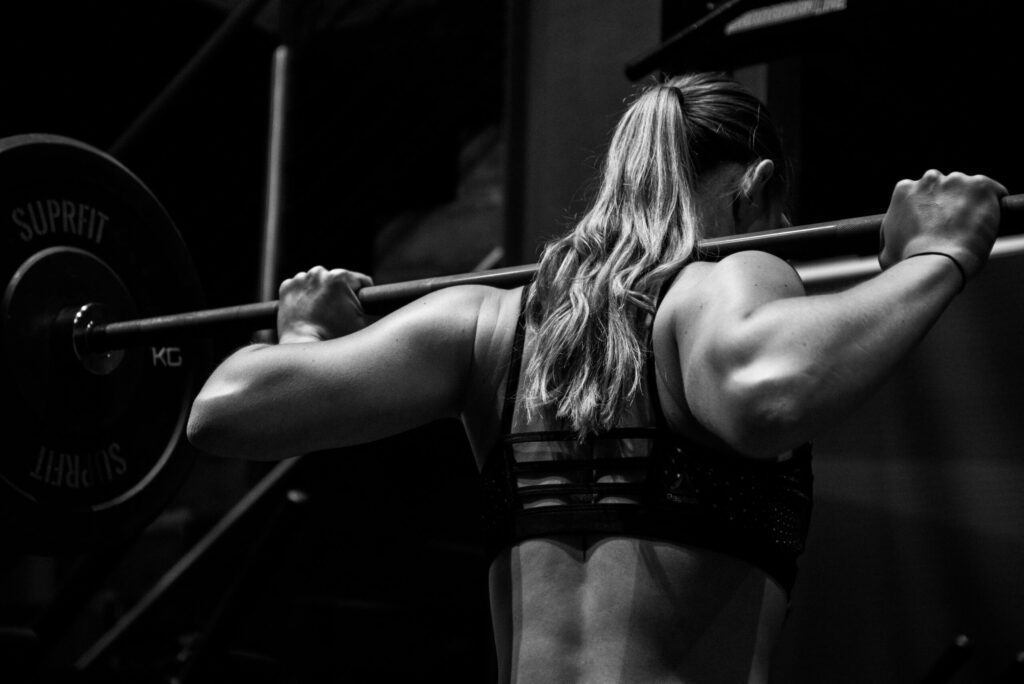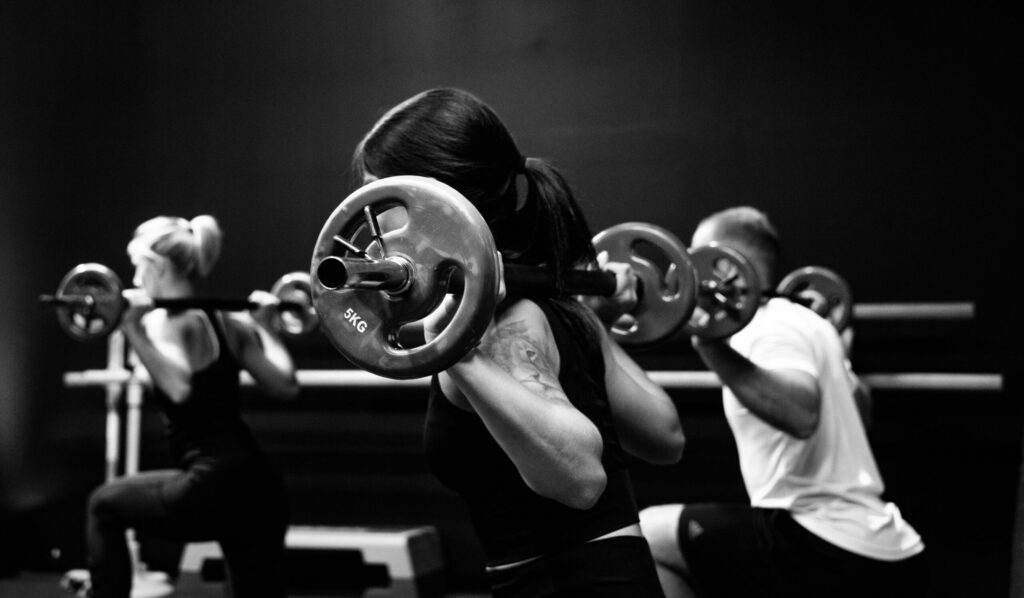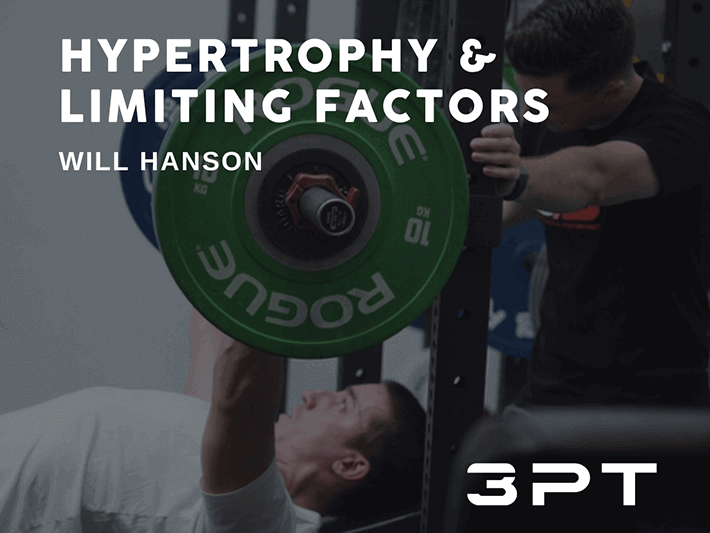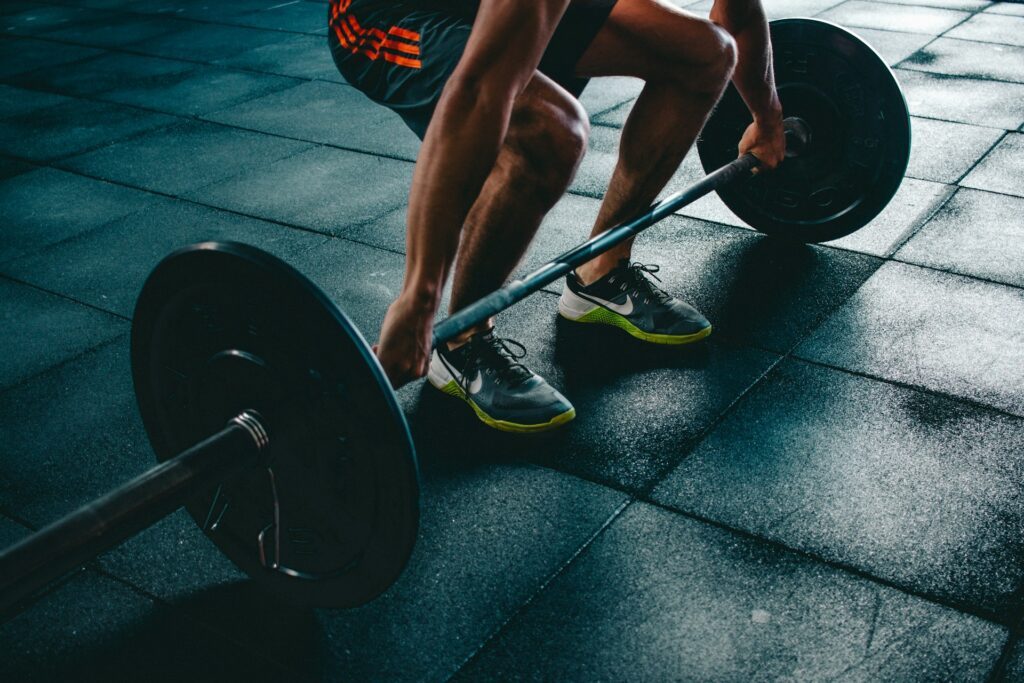Looking to improve your overall health and fitness? Then consider incorporating strength training in your workouts.
Whether it’s lifting weights, squatting or a combination, regular strength training has numerous health and fitness benefits.
Strength training is usually defined as any movement where you use your body weight or equipment to increase muscle, strength and endurance. You can do strength training at home, or you can work with a fitness trainer at a gym.
We’re going to explore the key benefits of strength training, and why you should add it to your workout.
Feel stronger and more fit
One of the more obvious benefits to strength training is feeling strong and fit. If you do regular strength training, you might notice that it’s easier to do things in your day-to-day life.
For example, lifting heavy bags of groceries from the trolley into the car might be easier if you do regular strength training.
Strength training can also help increase your mobility and flexibility, as it increases your joint range of motion. And for those with weaker muscles, strength training presents an opportunity to build strength and increase joint range of motion.
In addition to increased mobility and flexibility, strength training can help improve your balance and coordination.
Protect your bones and muscles
According to this study from Harvard Health Publishing, we start losing about 3–5% of lean muscle mass when we hit our thirties. But should you do regular strength training, you can improve your overall functional performance. This includes preserving or increasing muscle mass and strength, which is important for our health as we get older.
Strength-based exercises put temporary pressure and stress on your bones, which sends a message to your bone-building cells to boost the protection around your bones. This is why strength-training is the go-to for people looking to boost bone density and protect joints from injury. It’s also a great way to reduce the risk of osteopenia and osteoporosis.
Manage your weight
If you’re looking to manage your weight or lose some as part of a weight loss program, then strength training is a must.
Strength-based workouts increase oxygen consumption after you’ve finished, meaning that you’re continuing to burn calories as it returns to its resting state. Building muscle mass also increases your overall metabolic rate, as muscles are more efficient at burning calories during periods of rest.
When strength training is paired with a healthy diet and nutritional coaching, you can effectively manage your weight in the long-term.
Improved energy levels and mood
We know that exercise can boost your mood because of the release of endorphins, and strength training is no exception.
According to this article, a natural way to help ease symptoms of anxiety, stress and other mental health conditions is to exercise. So doing regular strength training can help you release endorphins to make yourself feel good, while also increasing muscle mass and bone density.
Additionally, strength training is a healthy way to boost self-esteem. With strength training, you have the opportunity to overcome physical challenges, work towards a goal and admire the strength of your own body.
Get strong with 3PT
If you want to kick-start your strength training journey, then 3PT has you covered! With a specialisation in one-on-one coaching, our strength-based programs can help you grow physically and mentally, no matter who you are or what your fitness levels are.
We pride ourselves on delivering results through tailored programs to suit your fitness aspirations. Get in touch today with our fitness trainers to take your strength to the next level.
Photo by Edgar Chaparro on Unsplash



